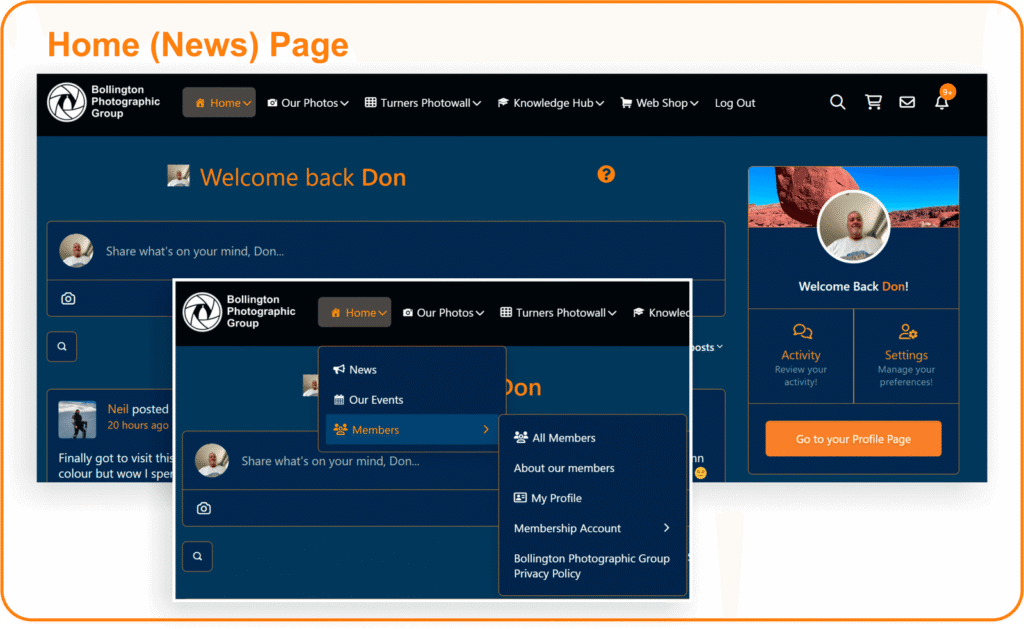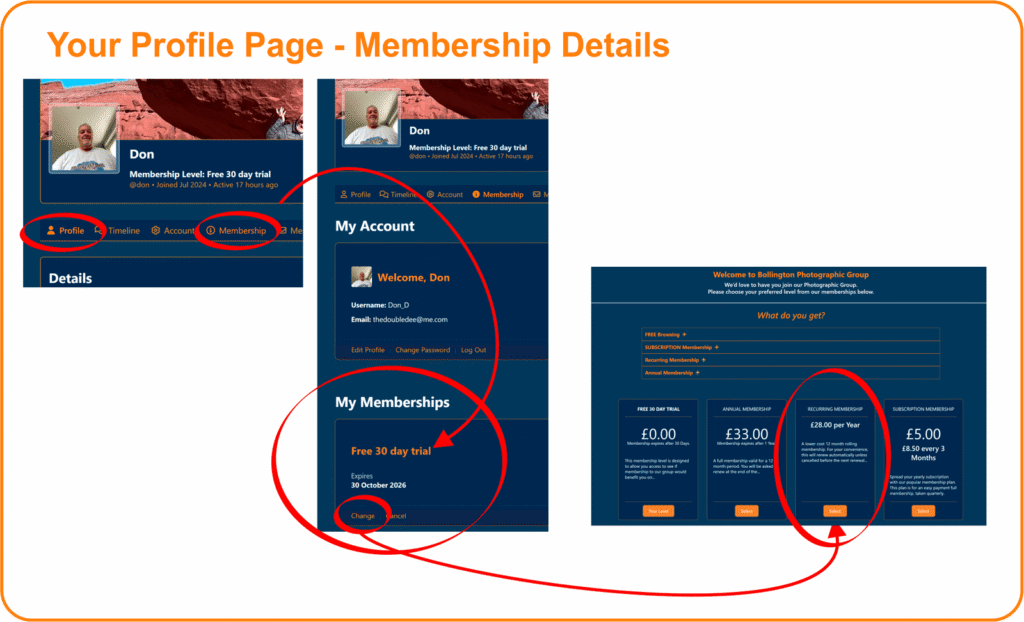Front Page › Help and Advice › Photographic Queries › Back Button focussing – pros and cons › Reply To: Back Button focussing – pros and cons
I use back-button focus all the time. I lock onto the element I want to focus on in a scene achieving a green focus confirmation box – (I’m using an electronic viewfinder – not optical) and then by keeping the button pressed in I recompose my shot before pushing the separate top shutter button down – the green box remains locked on. I find this very useful. Here’s a full list of advantages I found on Facebook:
Using the back button to focus (Back Button Focus, or BBF) offers several advantages over the default shutter button focus method. Here’s why many photographers prefer it:
1. Separates Focusing from Shooting
• With BBF, you use one button to focus and the shutter button only to take the shot. This prevents accidental refocusing when pressing the shutter.
2. Faster and More Efficient Shooting
• Once focus is locked, you don’t have to refocus every time you press the shutter. This is useful for subjects that stay at the same distance (e.g., portraits, landscapes).
3. Better for Continuous Autofocus (AI-Servo/AF-C Mode)
• For moving subjects, you can hold down the back button to continuously track focus without worrying about half-pressing the shutter.
4. Reduces Focus Hunting in Low Light
• Since focus isn’t triggered by the shutter button, the camera won’t hunt for focus every time you take a shot, making shooting in low light smoother.
5. Works Well with Manual Focus
• If you switch to manual focus, BBF lets you quickly engage autofocus when needed without interfering with manual adjustments.
6. Ideal for Reframing (Focus and Recompose)
• You can focus once, let go of the BBF, and then recompose without the camera refocusing when you press the shutter.




